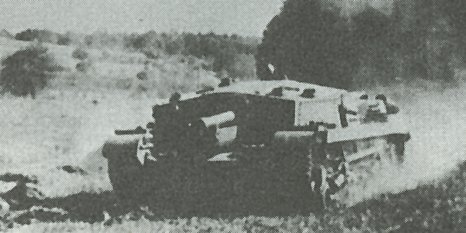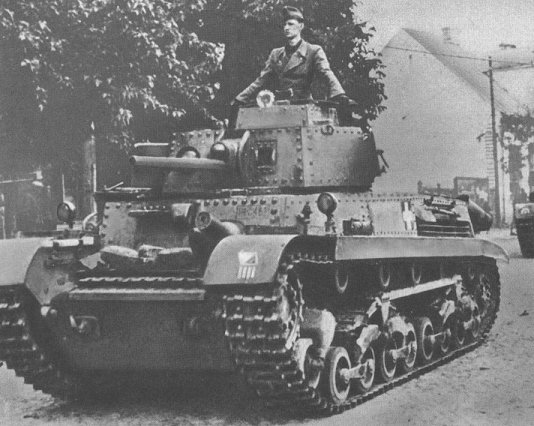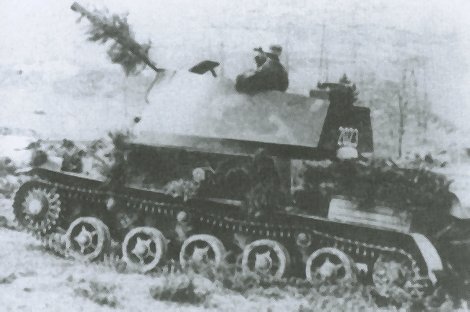Operation Babarossa - To the Dniepr
OPERATION BABAROSSA - TO THE DNIEPR
The months after 1939 were filled with much activity, Hungary began constructing the "Andras Line" a series of light fortifications along the Carpathians in order to help safeguard against any USSR aggresions.
On the 30th of January, 1940 the Turan I and Zrinyi tanks are ready for combat and 4 Hungarian tank divisions begin converting while two more begin training, they will be ready by the early summer along with 4 new Infantry divisions with engineer brigades. The Greater Kingdom of Hungary also begins construction on a few Submarines to be places in Dubrovnik to protest the Adriatic.
The only major domestic development was the creation of a Croatian Republic on 20th of May, which was a day celebrated by Croats all cross the Kingdom. Ante Pavelic was elected the first President of the Republic and the Republic was placed under Magyar military control.
Technology from Germany is forthcoming, German experts arrive and explain many advances doctrines to the Hungarian military establishment, this new knowledge greatly increases the affectiveness of the military.
On 13th of April 1940, Germany declares war on Russia in light of Russia's failing war against the Finns, although it is admitted that the attack came at a good time, the lack of preparedness is evident when Hungary finds itself with no combat ready tank forces and most of its planned technological advances being put on hold for production of supplies and equipement, the Hungarian High Command knows Barbarossa will be bloody, as a result nearly 500,000 men have been formed up with 15,000 supplies in large depots across Galicia, they will keep the frontline formations on the move.
The Hungarian Military establishment had for the last 5 months been looking at Russia, trying to decide the ebst course of action, the Hungarian Army was too small to carry out any blitzkrieg operations and the Russians would be far tougher than any previous powers. This was only compounded when the High Command realized they'd have to fight the first two months of the war without any tank formations.
Hungary's plan was to hold the Andras line in Galicia intill the tank forces were ready with heavily upgraded Turan Is. Afterwards, Hungary wanted to clear out the basin formed by the Dniepr River and free up the large but poor Romanian Army from its prison behind its own swift rivers. The High Command also wished to take Zjitomir in order to clear the path for the advancing German units on Kiev.
The Ultimate goal for the late summer/fall campaigns was the capture of Kiev and Odessa and the hacking off of Crimea from the rest of Russia.
The Hungarian offensives opened on June 3rd with the Battle of Vinnystia, the Battle was an easy first victory, the Russians were surprisingly spread thin, but that would change quickly. Bakay then launched 23 Hungarian divisions, including all his motorized forces north to take Zjitomer, while to the south unexpectidly, Romania had secured a bridgehead across the Dniestr
River.
As the Hungarian forces marched along the dusty roads of the Ukraine they came under increasingly powerful air attacks, I-16s with rockets raised hell with the motorized divisions and low flying Pe-2 light bombers harassed the infantry formations, as a result the Puma fighter group of Re. 2000s arrived and drove the Russians from the sky. Shooting down hundreds of aircraft, they decimated the Russian air offensive for the loss of only 11% of its total strength.
Finally on June 8th, 23 Hungarian divisions began the offensive towards Zjitomer, Russian resistance was light as tank pincers punched through the hastily prepared trenches of the Russians. The Russians, many tired men from Vinnytsia surrendered and provided lukewarm resistance. Bakay was overjoyed with his success and sent his motorized forces to sieze Zjitomer. Instead of taking it undefended, 6 Hungarian divisions blundered into 19 Russian infantry and 2 armoured formations, the motorized corps were cut to pieces in vicious fighting, although the Turan Is proved capable of dealing with the BT-7s, which was a relief to High Command.

The linchpin of the assualt on Zjitomer was the hights to the north of the town, where were packed with Russian artillery. Bakay decided to launch an attack through the woods to the north of it, moving tank and infantry forces down the ravines up to the flank of the hill. 2 Regiments of infantry with a battalion of tanks were assigned to the task, and 5 field batteries were assigned to support them. They began working up the ravine, running into some minor Russian outposts, as they approached Hill 213 they ran into two belts of Russian defences infront of a large dried riverbed, which subsequently lead to the hill. The first belt was easily taken, the hungarian set up mortars and some heavy machine nests to cover the advance of the tanks and riflemen, and the attack began. They came across abandoned trenches filled with Russian wounded and were jubilant, then a Russian 120mm howitzer shell exploded in the Magyar ranks, killing several men. The men dived for cover, Russian machinegun fire began from the woods and a massive "Oooouarh" came from the forest, as 120mm shells exploded among them, the Hungarians clawded into the trenches, by the frightened Russian wounded as hundreds of Russian infantrymen poured from the forest with BT-7s in support. The Turan Is opened fire, a BT-7 exploded into flames, but the Russian attack continued. The Russians poured from the dried river bed, the Hungarian infantrymen opened fire on them, but lacked any machineguns. The Russians poured into the trench and hand to hand combat began. The men fought bitterly with rifle butt, helmet, grenade and bayonet. Sounds of agony rose from the trench as the Russians began pouring past the trench. The fighting raged for another 5 mins and only a fraction of the Hungarians managed to escape. The Magyar reserves, hearing the comotion were anxiously waiting, soon Magyar troops began running out of the woods as the chatter of tank machineguns was heard. The leftovers of the Hungarian battalion now fought off the waves of russian infantry, one by one the Turans fell to Russisan tanks. The Russians stream from the woods, the Magyars were in disaray, but 4 machineguns came alive, mowing down rows of Russian infantrymen before the Hungarian positions. The Hungarians now counter-attacked, bringing the light machineguns forward. The Hungarian with anti-tank magnetic mines managed to knock out some BT-7s, the rest the Russians abandonded. The Russian troops began fleeing through the forest for the Hill. The Hungarians pushed all the way up to the hill and in a coup captured it along with 75 Russian artillery pieces. The position was re-enforced from Russian counter-attack and held. Throughout the battle of Zjitomir, 3 Hungarian Motorized Divisions and 2 Infantry Divisions were annhilated, the Russians paid with 12 Russian Infantry Divisions and 2 Tank Divisions annhilated. But the losses Bakay suffered were not easily replaced.

The Russian-counter-offensive along the southern line, probaly 40-60 divisions strong opened up a new opprotunity to the Hungarian high command, the encirclement of roughly 22 Russian divisions, 5 of them armoured. The plan drawn up would clear out the Dniepr basin, take Odessa and spell the doom for over 20 Russian divisions. The plan went into affect, the tired Hungarian troops achieved the objects quickly though, at Kirovograd, the Russian troops were overwhelmed and two tank armies followed by two regular armies pushed to Dnepropetrovsk. At this time The Hungarian command recieved many re-enforcements, the Romanians placed 3 divisions of the 1. Romanian Corps under Magyar control and the Germans placed the 18 division strong German 11. Armee under Hungarian control.

Dnepropetrovsk fell on 29th of June and the siege of Odessa began on July 2nd and raged onwards with Romanian support to July 18th. The Germans to the north attacked and took Kiev, providing a bridgehead over the Dniepr and German forces were used to stiffen the tottering Hungarian troops (losses had been heavy) against the heavy Russian counter-attacks. The pocket held though and on July 29th a Romanian-Hungarian mop-up force easily took out the pocket.

The Hungarian armies now turned to cut off Crimea from the rest of Russia. The plan went into affect, von Csatai's 2nd Army with the German 11. Armee in support would make for Stalino and then Rostov, and the Mius River. After a few weeks of re-organizations the offensive started on August 3rd, Stalino was easily taken but 25 Russians divisions launched a counter-attack from Rostov, von Rundstedt's Axis Army taking a heavy beating. The Russians also began using T-34s for the first time, the Turan proved inadequate for facing such armour.
German pincers continue on to Rostov, the Germans mostly making the Rostov offensive successfull. On August 9th the offensive was ended, the Hungarian armies were exhausted, losses had been heavy, supplies were depleted and the Hungarian Army was badly needing a time of rest, the High command decided to liquidate the Crimea by the end of the year, but otherwise operations would cease.

















